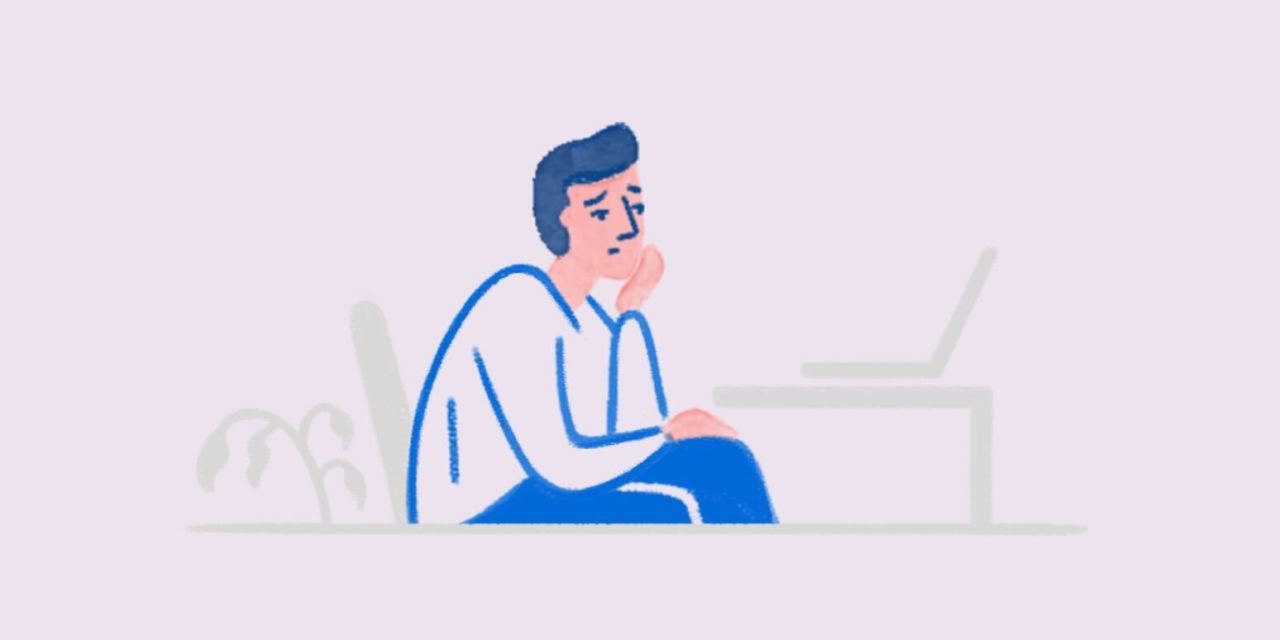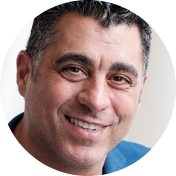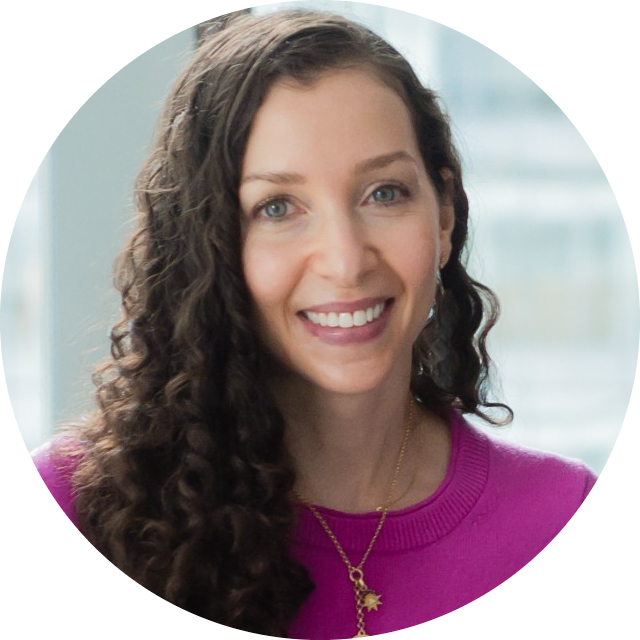‘It’s a silent disease’: Covid’s long-term impact on workforce productivity

By now we’ve all heard about the nasty, lingering effects of long Covid on a person’s physical health. But what about the long-term effects of Covid on our psychological state — and how is that affecting our productivity at work? “Corporate long Covid” — or CLC is slowly eating away at organizations and their employees from the inside, workplace experts claim.
Its definition is wide: CLC refers to the toll the last few years have taken on an individual’s state of mind, as well as the strain new methods of management (necessary to run remote and hybrid teams) have had on individual managers. It also refers to organizational issues caused by the pandemic — like the mass quitting (and quiet quitting), with roles not replaced — and the knock-on effect on remaining staff. Add with the ongoing Ukraine war, political discord, record inflation, remote working challenges, as well as any pressures in an individual’s personal life, the list of external contributing factors seem endless.
Samer Saab, CEO of people insights solutions company Explorance, came up with the term CLC to define the issue and highlight the damage it will do to organizations and their employees if left unchecked. He described CLC as a “silent disease” and called for it to be diagnosed and treated as such. “[It’s a] chronic condition that can exhaust your workforce, upend your operations, and cost you millions of dollars [in lost productivity],” said Saab.
Whereas long Covid relates to an individual’s lingering symptoms months after having the virus — breathlessness, brain fog, headaches, fatigue — CLC refers to the ripple effect the virus is having on employee productivity, efficiency and ultimately, an organization’s revenue. It could mean that more people are needed on a project now than before the pandemic, for instance, or are slower to complete tasks in general, and overall productivity might be down.
“The premise behind it is that the pandemic accelerated certain elements that created things that people couldn’t notice because they were so busy dealing with emergencies hitting business leaders that they didn’t realize that there was some debt being accrued over the last two, three years,” said Saab.
Productivity dips could even be caused by many employees suffering from long Covid. A Brookings Metro report determined that long Covid accounted for 15% of the labor shortage. The report also found that around 16 million working-age Americans have long Covid, resulting in 2 to 4 million out of work — or $170 billion a year in lost wages. A Minneapolis Fed study stated that 26% of people with long Covid have either had to reduce their work hours or leave jobs altogether.
Other employees may have absorbed bigger workloads to fill the gaps from coworkers quitting or being laid off. According to Explorance, only one in three American workers are happy in their jobs. Meanwhile, a recent Gallup survey about half of workers are quiet quitters — which refers to when a person only does the minimum requirements of their job.
Leadership skills gap
Managers have also been under increased pressure. “The role of manager has evolved in the past two-plus years,” said Erin Grau, cofounder of Charter, a media and services company focused on the future of work. “If you were a good manager in February of 2020, you cared about your employee and their work output from 9-to-5. And now managers are being called to care for their employees, their families, their communities, 24/7 and it’s a totally different job.”
Elsewhere, Explorance worked with clients to measure the overall competency of leadership within organizations today, compared to how they fared before Covid-19. The results: a skill gap the equivalent of up to seven years has accrued within people in leadership positions over the past two years.
“That’s exactly where the inspiration of that silent disease of corporate long Covid came from. We discovered on average nobody was spared from the disease,” said Saab.
This skill and knowledge gap was directly caused by losing people who had the right experience and not being able to replace them, according to Saab.
“The speed of unblocking problems, innovation, collaboration, financial performance, all these things, are brought back and have aged up to seven years,” said Saab. “The brain of the organization has shrunk. But organizations are supposed to grow and be more efficient over time.”
Comparing what is happening in the business world to long Covid helps people humanize it, Saab argued. It also prevents a blame culture from developing.
“It’s [CLC] a disease, it’s not something that someone intentionally caused,” said Saab. “It’s not that people made bad decisions to make it happen. We’re seeing a lot of companies across the board being taken by surprise because it is like the silent disease and a long disease. You don’t see the trigger or symptoms, but eventually, you say ‘hm, I’m working more slowly and growing less fast.’”
Joe Alim, vp of product operations at employee perk stipend software company Compt, agreed that while burnout is something many companies have been aware of for a long time, the pandemic has accentuated the discussions.
“When employees reach that point of burnout, the signs are that everything takes longer and there’s a general resistance to getting more things done,” said Alim. “I give the analogy of ‘it’s kind of like running underwater.’ It’s moving slower.”
What can be done?
Saab identified four ways to handle corporate long Covid: recognize the symptoms, diagnose the exact cause, treat with emerging best practices, and monitor that the problem is really solved. “Companies should not wait until their profits start eroding to realize that they have a problem because chances are they’ve been sitting on that problem for too long,” he said.
Some companies have already proactively addressed suspected productivity drop-offs. For example, Google announced a hiring freeze in July and has yet to officially reverse the freeze. CEO Sundar Pichai said the company’s headcount doesn’t match its productivity at an all-hands.
Saab recommended that companies who haven’t already completed a thorough review should evaluate skills gaps and competencies by roles and pinpoint management effectiveness in different divisions.
Simply applying more pressure on employees won’t help address it either. “When people are working through Covid and illnesses, you don’t have the time to recover,” said Grau, who was sick herself when she spoke with WorkLife. “If your company hasn’t built a good rest ethic and isn’t supporting you taking the time off, a lot of people think am I really going to just take time off to sit in my bedroom? No.”
A nonprofit organization called All Hands and Hearts also recognized that widespread burnout among its staff was affecting productivity. The company partnered with mental health platform Wysa, to provide access to therapy and mental health services. Afterward, it claimed that it saw a 70% reduction in stress levels across employees who took up coaching with Wysa.
At Compt, they’re asking questions like are you thinking about taking time off, do you have too much on your plate, do we need to hire an additional person? “It’s predicting ahead of time and making sure you have the right people on staff before it gets to the point where it’s overwhelming,” said Alim.


